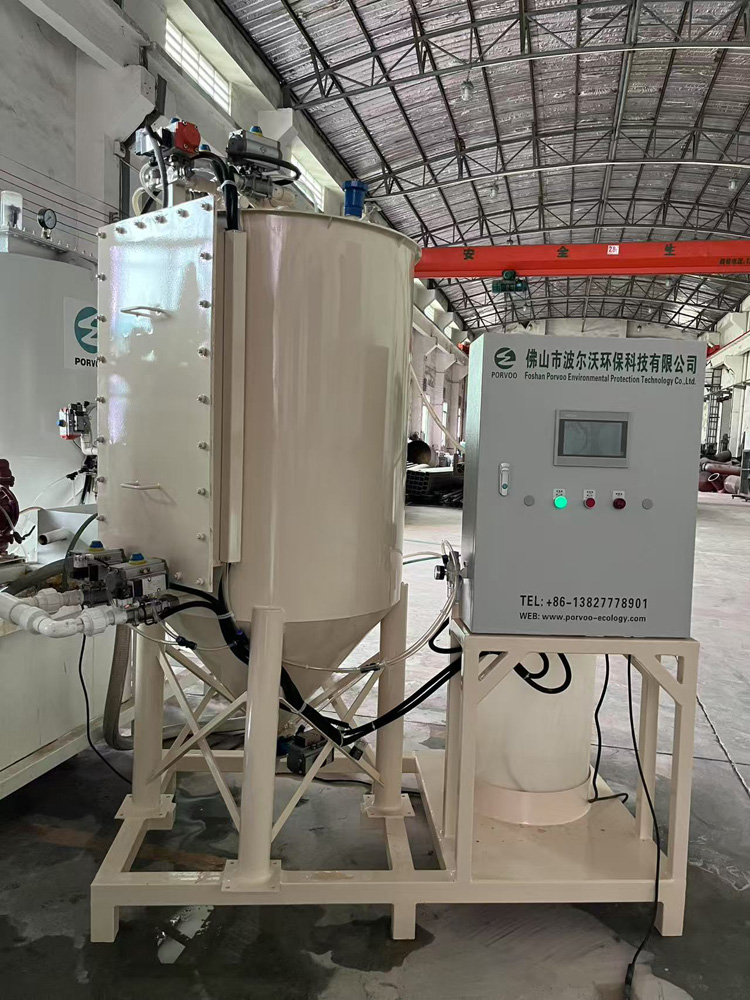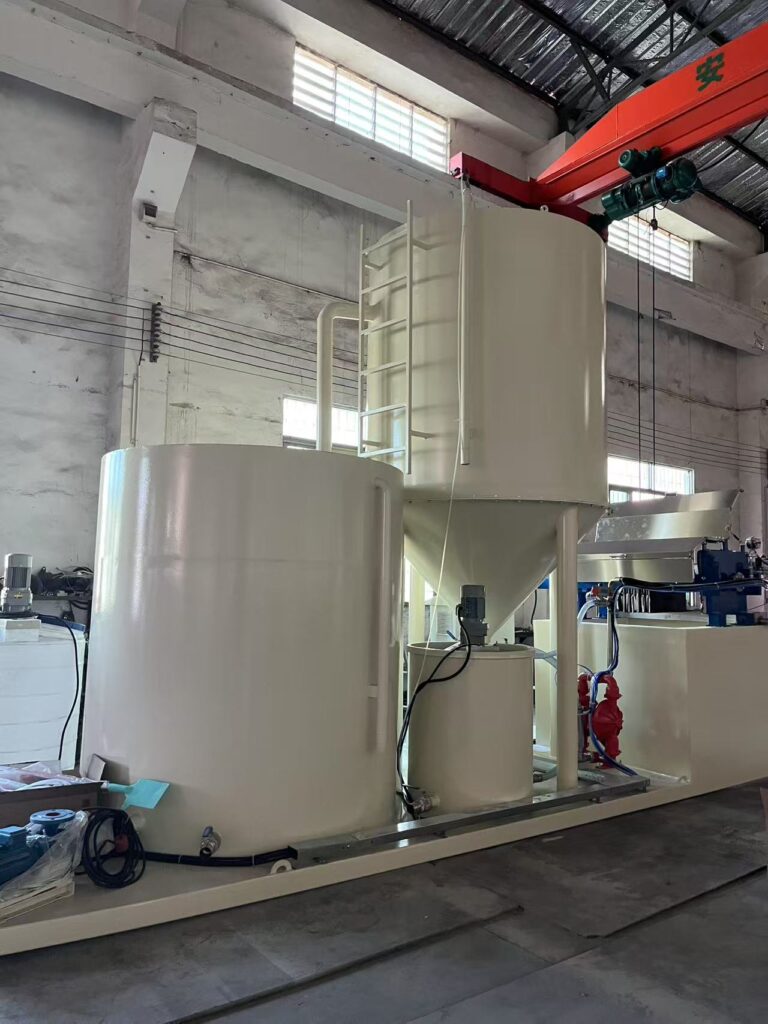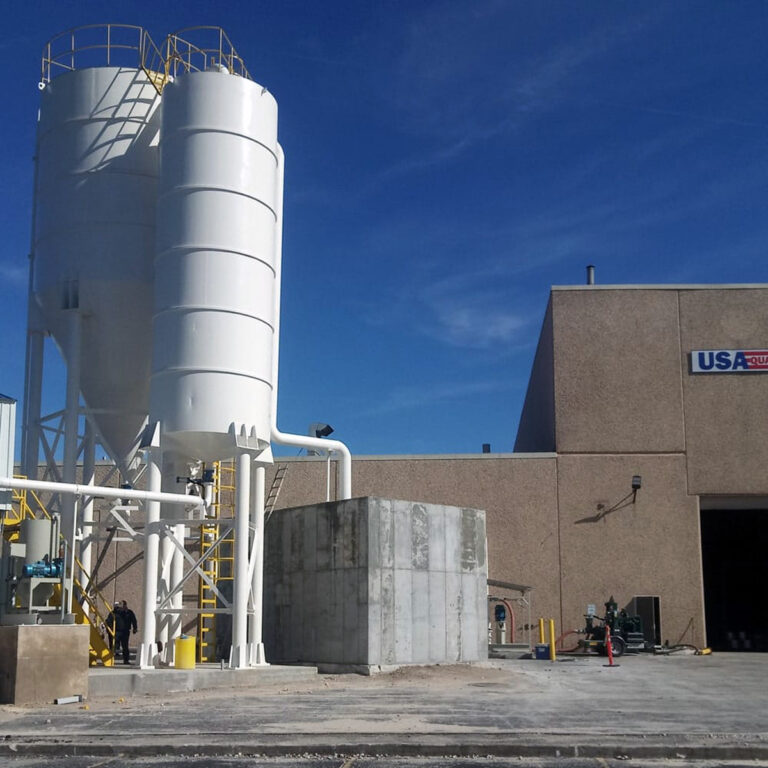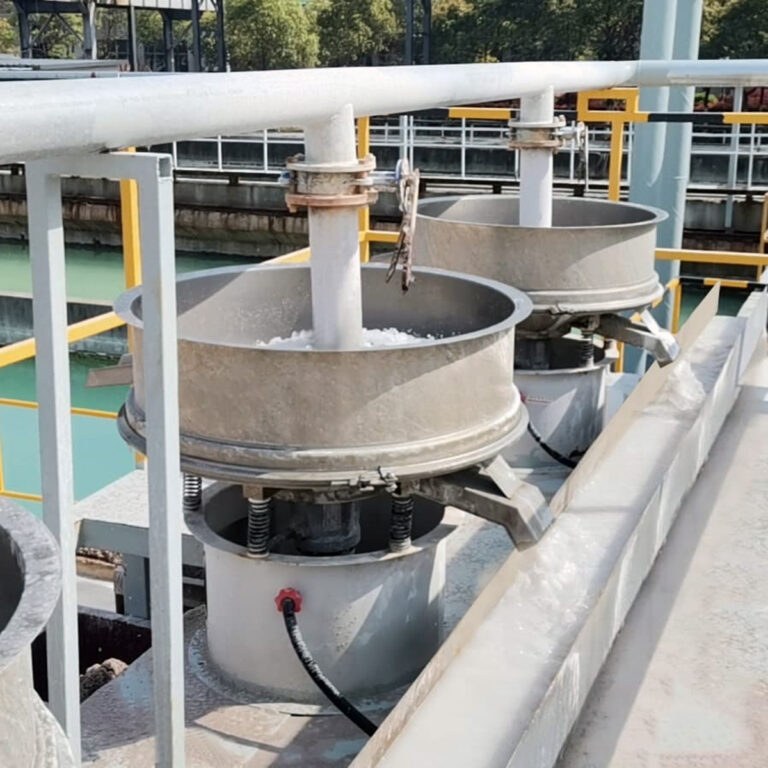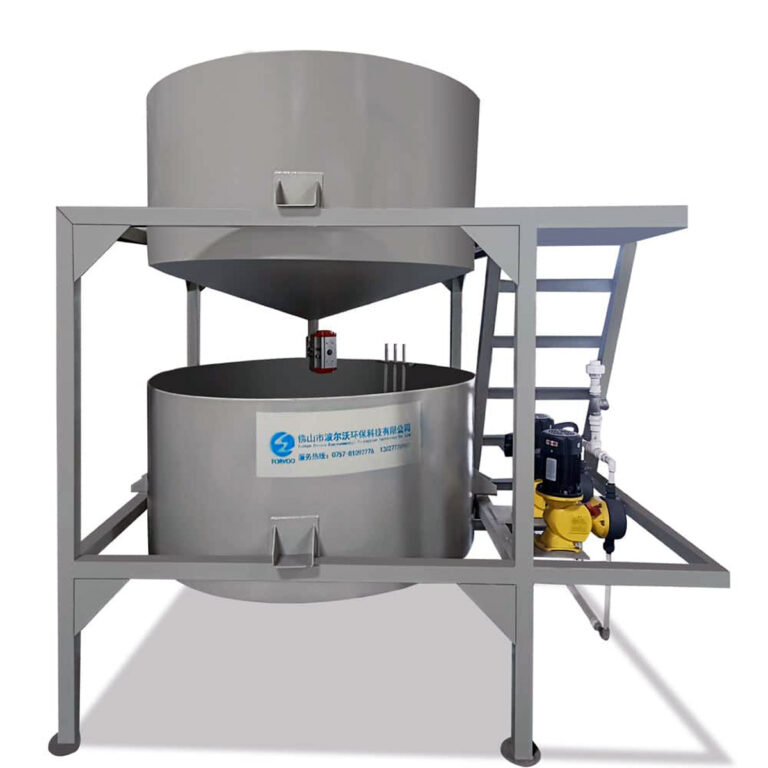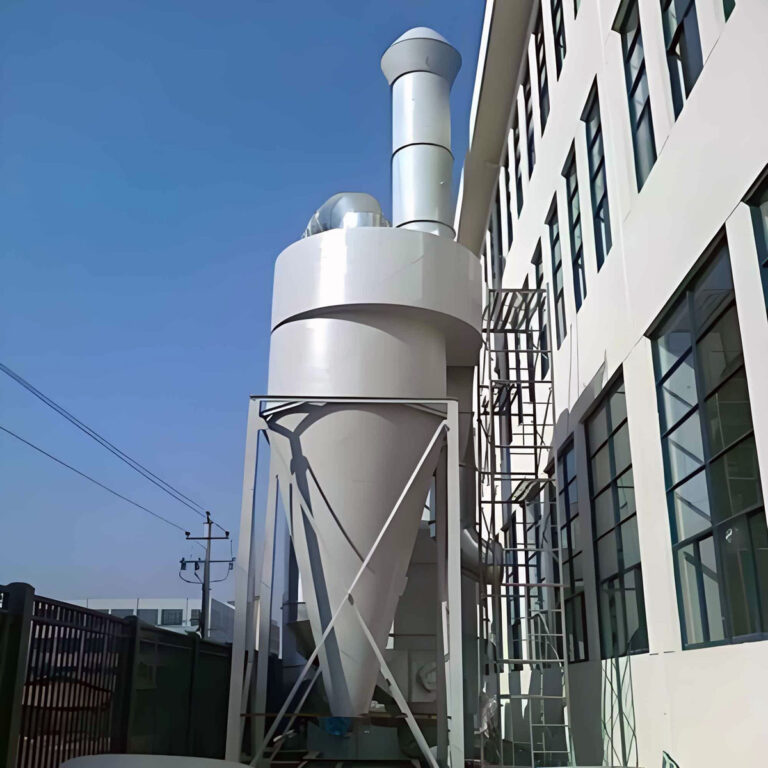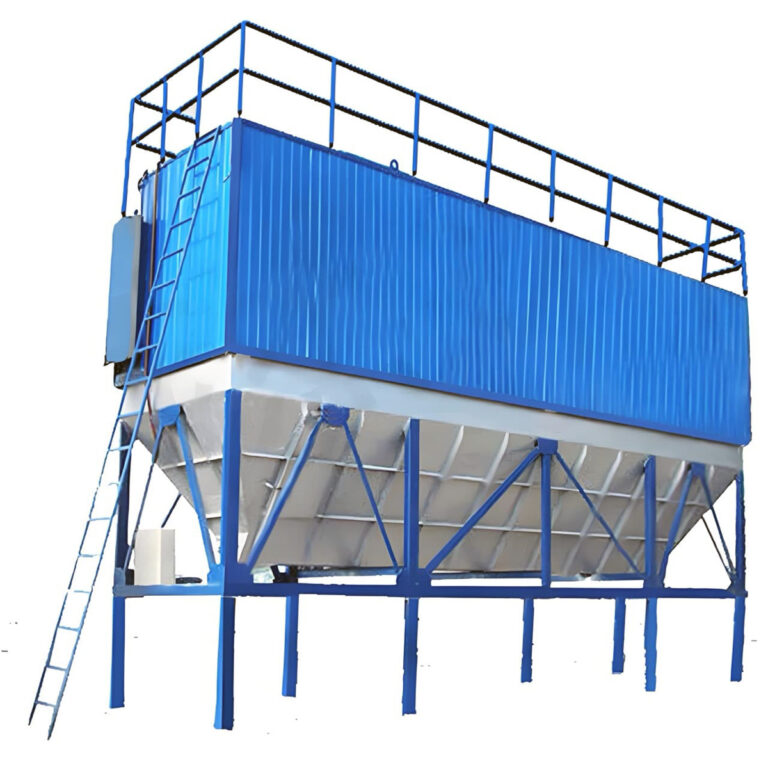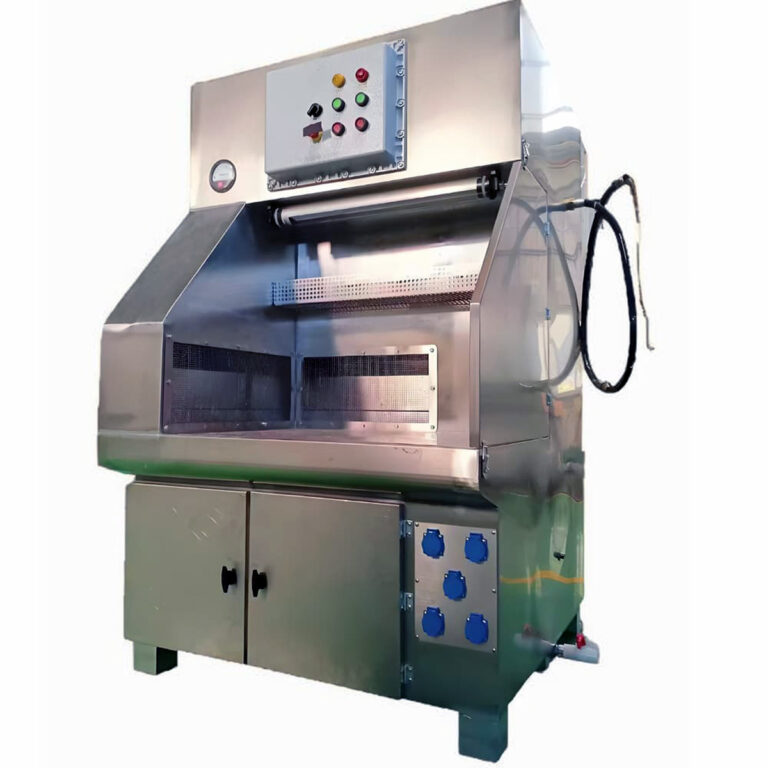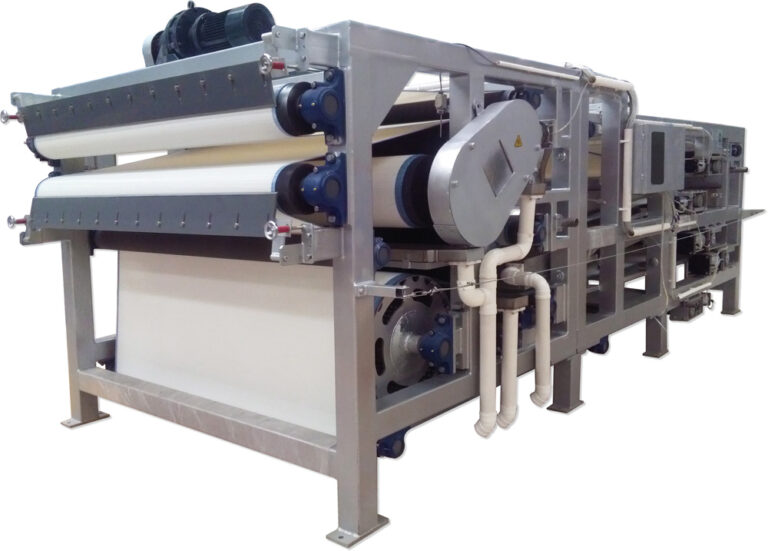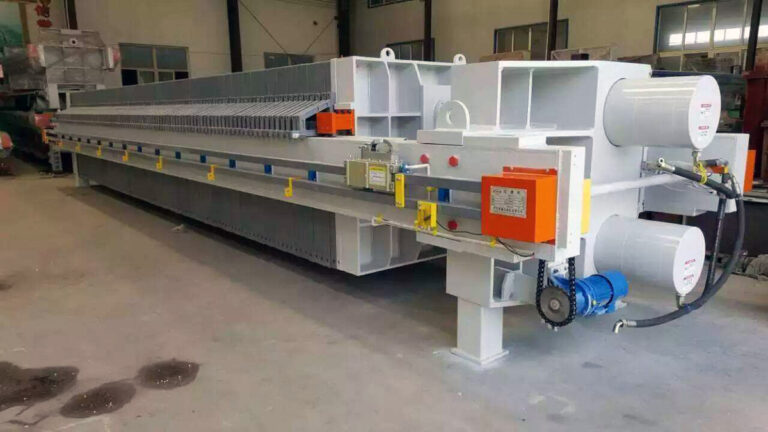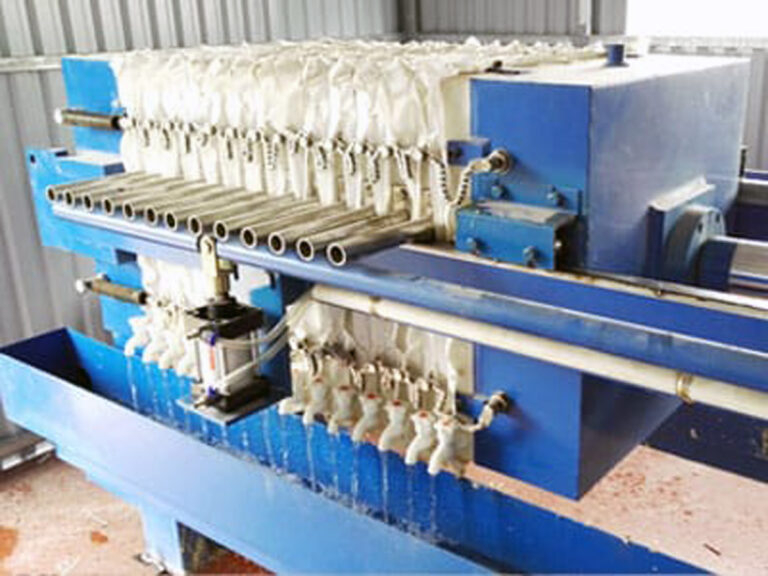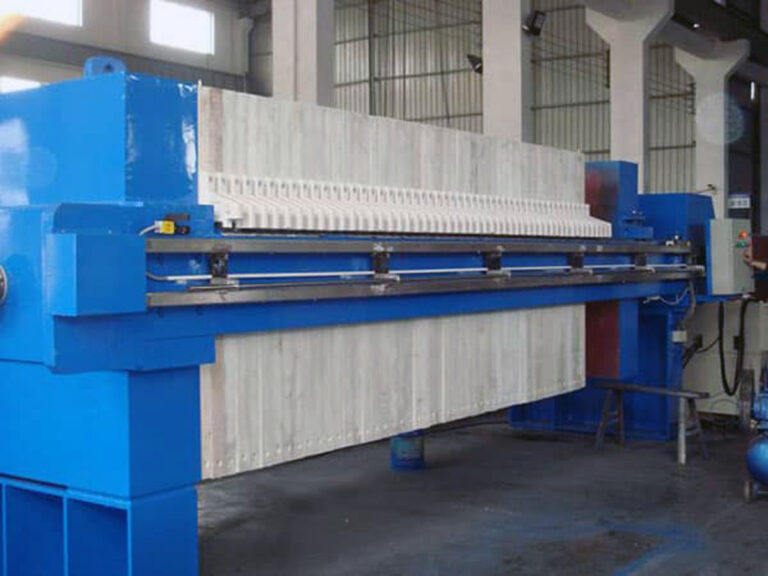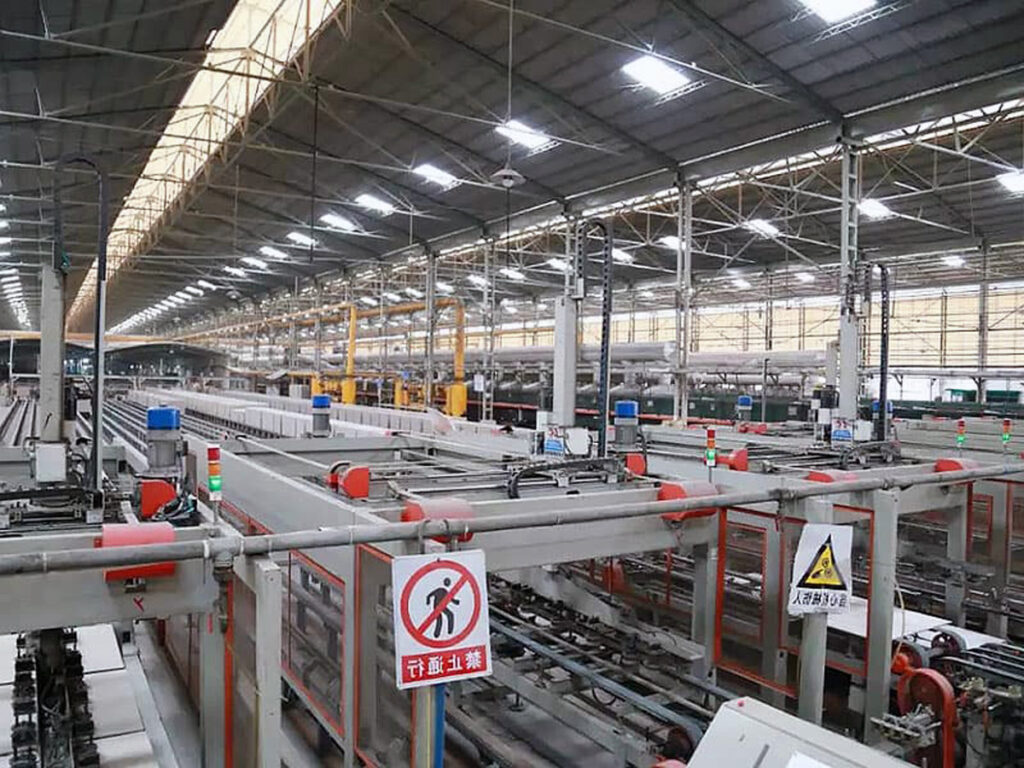Industrial facilities face mounting pressure to control airborne particulates while maintaining operational efficiency. Dust collector installation failures cost companies an average of $50,000 annually in production delays and compliance violations, according to recent Environmental Protection Agency data. Poor maintenance practices compound these issues, with 67% of system breakdowns attributed to inadequate preventive care protocols.
Facility managers struggle with complex installation requirements, unpredictable maintenance schedules, and evolving regulatory standards. Without proper guidance, dust collection systems underperform, creating safety hazards and environmental compliance risks that threaten business continuity.
This comprehensive guide delivers proven strategies for successful dust collector installation and maintenance. You’ll discover systematic approaches to system planning, step-by-step installation procedures, and maintenance protocols that maximize equipment lifespan while ensuring regulatory compliance. PORVOO industrial solutions expertise informs these recommendations, providing practical insights from thousands of successful installations.
What is Industrial Dust Collector Installation?
Industrial dust collector installation encompasses the systematic placement and integration of air filtration equipment designed to capture, contain, and remove airborne particulates from manufacturing environments. This process involves mechanical, electrical, and structural components working together to create negative pressure systems that draw contaminated air through specialized filtration media.
System Components and Configuration
Modern dust collection systems integrate multiple components requiring precise installation coordination. Primary elements include collection hoods, ductwork networks, filtration units, and discharge mechanisms. Each component must be positioned to optimize airflow patterns while accommodating facility layout constraints.
The installation process begins with airflow calculations determining system capacity requirements. Engineers analyze particulate characteristics, including size distribution, density, and chemical composition. These factors influence filter media selection and system pressure requirements, directly impacting installation specifications.
| Component | Installation Consideration | Performance Impact |
|---|---|---|
| Collection Hoods | Capture velocity optimization | 85-95% efficiency range |
| Ductwork Design | Pressure drop minimization | 15-25% energy reduction |
| Filter Housing | Access requirements | 40% maintenance time savings |
Integration Challenges and Solutions
Installation complexity increases significantly in retrofit applications where existing infrastructure limits equipment placement options. Structural modifications often require engineering assessments to ensure adequate support for equipment loads and vibration isolation.
While proper installation ensures optimal performance, space constraints frequently necessitate compromise solutions. Experienced installers navigate these limitations by utilizing modular designs and creative mounting approaches. However, these adaptations may increase maintenance requirements and system complexity.
How to Plan Your Dust Collection System Setup?
Effective dust collection system setup begins with comprehensive facility assessment and airflow modeling. Planning phases determine long-term system performance and maintenance requirements, making thorough preparation essential for successful outcomes.
Capacity Calculations and Sizing
Accurate sizing requires detailed analysis of dust generation rates, air volume requirements, and filtration efficiency targets. Industrial hygienists typically calculate minimum air changes per hour based on particulate concentrations and regulatory requirements.
System capacity planning considers both current production levels and future expansion possibilities. Oversizing by 20-30% accommodates process variations and equipment aging effects. This approach prevents premature system overload while maintaining filtration effectiveness throughout equipment lifecycle.
Site Preparation Requirements
Installation sites require adequate electrical supply, structural support, and environmental controls. Power requirements often exceed initial estimates, particularly for high-efficiency systems utilizing variable frequency drives and automated controls.
“Proper site preparation accounts for 60% of installation success. Facilities that skip comprehensive planning face significantly higher completion costs and extended downtime periods,” notes Dr. Sarah Martinez, industrial ventilation specialist at the American Society of Heating, Refrigerating and Air-Conditioning Engineers.
Foundation requirements vary based on equipment weight and vibration characteristics. Concrete pads must cure for minimum 28 days before equipment placement, requiring coordination with construction schedules.
Regulatory Compliance Considerations
Environmental regulations influence system design specifications and installation requirements. Local air quality districts may mandate specific filtration efficiency levels, emission monitoring capabilities, and reporting procedures.
Permit applications often require detailed engineering drawings and performance calculations. These documents establish baseline requirements for installation verification and ongoing compliance monitoring. Professional engineering certification may be required for systems exceeding specific capacity thresholds.
What Are the Essential Steps in Dust Collector Installation Guide?
Professional installation follows systematic procedures ensuring system integration and performance verification. Each step builds upon previous work, making sequence adherence critical for successful completion.
Pre-Installation Preparation
Installation teams conduct detailed site surveys verifying utility availability, clearance requirements, and access routes for equipment delivery. Heavy components may require crane access or specialized moving equipment, necessitating advance coordination with facility operations.
Utility connections require careful planning to minimize production disruptions. Electrical work often involves high-voltage connections requiring certified technicians and utility company coordination. Industrial dust collection systems frequently require dedicated electrical services to handle starting currents and continuous operation loads.
Equipment Installation Sequence
Installation begins with foundation work and structural mounting, followed by mechanical component assembly. Ductwork installation requires precision to maintain designed airflow characteristics and minimize pressure losses.
Filter installation represents a critical phase requiring clean handling procedures to prevent contamination. New filters should remain sealed until final installation to maintain filtration efficiency ratings. Improper handling can reduce filter life by up to 40%.
System Commissioning and Testing
Commissioning procedures verify system performance against design specifications through comprehensive testing protocols. Airflow measurements confirm capture velocities while pressure readings indicate system balance and potential restrictions.
| Test Parameter | Acceptance Criteria | Measurement Method |
|---|---|---|
| Airflow Volume | ±10% of design | Pitot tube traverse |
| Static Pressure | Within design range | Manometer readings |
| Filter Efficiency | >99.5% rated size | Particle counters |
Performance verification includes particulate emission testing to confirm regulatory compliance. Independent testing organizations often conduct these measurements to provide third-party validation for permit compliance.
How to Perform Industrial Dust Collection Maintenance?
Systematic industrial dust collection maintenance extends equipment life while ensuring consistent performance and regulatory compliance. Maintenance programs balance preventive care with operational demands, minimizing disruptions while maximizing system reliability.
Routine Inspection Procedures
Daily inspections focus on operational indicators including pressure differential readings, airflow indicators, and visible dust accumulation. Pressure gauges provide immediate feedback on filter condition and system performance changes.
Weekly inspections examine mechanical components for wear indicators, alignment issues, and lubrication requirements. Fan assemblies require particular attention due to high rotational speeds and particulate exposure effects on bearing systems.
In our experience with high-volume facilities, inspection frequency increases during seasonal transitions when production levels fluctuate significantly. Temperature variations affect filter performance and may accelerate component wear rates.
Filter Maintenance and Replacement
Filter replacement scheduling depends on differential pressure readings rather than arbitrary time intervals. Most systems require replacement when pressure differential exceeds manufacturer specifications by 25%.
Proper filter disposal follows environmental regulations for contaminated materials. Some applications involve hazardous particulates requiring special handling procedures and certified disposal facilities.
Component Wear Monitoring
Fan components experience gradual performance degradation requiring periodic evaluation and adjustment. Vibration analysis detects bearing issues before failure occurs, preventing unexpected shutdowns and secondary damage.
Motor current monitoring reveals developing problems including bearing wear, misalignment, and electrical issues. Current signature analysis identifies specific fault patterns enabling targeted maintenance interventions.
While predictive maintenance technologies offer significant advantages, implementation costs may exceed benefits for smaller systems. Traditional time-based maintenance remains effective for many applications when properly scheduled and executed.
What Are the Key Dust Collector Service Procedures?
Professional dust collector service procedures ensure optimal system performance through systematic maintenance approaches and component care protocols. Service consistency directly impacts system longevity and operational reliability.
Scheduled Maintenance Protocols
Comprehensive service programs include quarterly inspections covering all system components from intake points through discharge mechanisms. These inspections identify developing issues before they impact system performance or create safety hazards.
Annual services involve complete system evaluation including electrical connection inspection, structural assessment, and performance verification testing. Professional service teams document findings and recommend corrective actions to maintain peak efficiency.
Emergency Service Procedures
System failures require immediate response to minimize production impact and maintain environmental compliance. Emergency procedures prioritize safety assessment, damage containment, and temporary mitigation measures.
“Emergency response effectiveness depends on preparation and parts availability. Facilities with comprehensive spare parts inventories resume operations 60% faster than those relying on expedited deliveries,” explains Tom Richardson, maintenance supervisor at a major automotive manufacturing facility.
Service teams maintain emergency contact protocols ensuring rapid response during critical situations. Pre-positioned replacement components reduce downtime duration significantly compared to emergency procurement approaches.
Performance Optimization Services
Advanced service procedures include system performance analysis and optimization recommendations. Airflow balancing and filter media upgrades can improve efficiency while reducing operating costs.
Energy efficiency assessments evaluate power consumption patterns and identify optimization opportunities. Variable frequency drive installations often reduce energy costs by 30-40% while improving system control capabilities.
| Service Type | Frequency | Typical Duration | Cost Impact |
|---|---|---|---|
| Routine Inspection | Weekly | 2-4 hours | Minimal |
| Filter Replacement | As needed | 4-8 hours | Moderate |
| Annual Service | Yearly | 16-24 hours | Significant |
How to Create an Effective Preventive Maintenance Guide?
Developing comprehensive preventive maintenance guide protocols reduces unexpected failures while optimizing system performance throughout equipment lifecycle. Effective programs balance maintenance frequency with operational requirements and cost considerations.
Documentation and Record Keeping
Detailed maintenance records track component performance trends and identify recurring issues requiring attention. Digital documentation systems enable trend analysis and predictive maintenance scheduling based on actual performance data.
Maintenance logs should include pressure readings, current measurements, vibration levels, and visual inspection results. This information guides maintenance scheduling and helps identify system modifications needed to improve reliability.
Training and Competency Development
Maintenance personnel require comprehensive training covering system operation principles, safety procedures, and troubleshooting techniques. Regular training updates ensure familiarity with evolving technologies and regulatory requirements.
Competency verification through practical assessments ensures maintenance quality consistency across different personnel. Written procedures supplement training by providing step-by-step guidance for complex maintenance tasks.
Cost-Benefit Analysis
Preventive maintenance programs require investment in time, materials, and personnel training but generate significant returns through reduced emergency repairs and extended equipment life. Studies indicate that comprehensive maintenance programs reduce total ownership costs by 25-35%.
Maintenance cost tracking enables program optimization by identifying high-impact activities and eliminating unnecessary procedures. Regular program review ensures alignment with operational requirements and budget constraints.
Successful dust collector installation and maintenance requires systematic planning, professional execution, and ongoing commitment to preventive care. Proper installation establishes the foundation for reliable operation, while comprehensive maintenance programs ensure sustained performance and regulatory compliance. Key success factors include thorough site preparation, adherence to manufacturer specifications, and implementation of data-driven maintenance protocols that optimize system performance while controlling operational costs.
The investment in professional installation and maintenance pays dividends through reduced downtime, improved air quality, and extended equipment life. Facilities that prioritize systematic approaches achieve 40% better reliability than those relying on reactive maintenance strategies.
Moving forward, consider developing customized maintenance protocols tailored to your specific operational requirements and particulate characteristics. Regular performance monitoring and trend analysis will help optimize maintenance intervals while ensuring consistent system performance. What specific challenges does your facility face in balancing maintenance requirements with production demands?
For comprehensive industrial dust and wastewater treatment solutions that address your facility’s unique requirements, professional consultation ensures optimal system selection and implementation success.
Frequently Asked Questions
Q: What are the key factors to consider during the installation of an industrial dust collector?
A: When installing an industrial dust collector, it’s crucial to consider several key factors. These include ensuring the installation location has adequate ventilation to prevent overheating and maintain system effectiveness. Additionally, proper sizing and placement of the dust collector are vital to prevent interference with system operations. Finally, consider the space needed for all system components, including bracing and controls, and ensure sufficient clearance for ductwork installation and access.
Q: How often should I perform maintenance on my industrial dust collector?
A: Regular maintenance is essential for optimal performance and longevity of your industrial dust collector. It’s recommended to perform maintenance tasks at different intervals:
- Daily checks: Monitor the hopper and record differential pressure.
- Weekly reviews: Ensure the system is running smoothly and check for any signs of wear.
- Monthly maintenance: Includes tasks like cleaning compressed air filters, checking for leaks, and monitoring fan performance.
- Semi-annual and annual checks focus on deeper inspections and replacements as needed.
Q: What are the most common issues that can arise during industrial dust collector operation?
A: Common issues include dust buildup, leaks in the system, and improper sealing of filter media. Regular use of smoke pencils or ultrasonic detectors can help identify leaks early. Additionally, issues with compressed air pressure can lead to problems like new filter damage and dust cake buildup.
Q: How can I extend the life of my industrial dust collector?
A: Extending the life of your industrial dust collector involves regular maintenance and addressing potential issues promptly. This includes:
- Regular cleaning: Prevent dust buildup on fans and other components.
- Filter media maintenance: Check for wear and tear and replace as necessary.
- Proper sealing: Ensure all joints and connections are sealed to prevent leaks.
- Planned maintenance schedules: Regularly inspect and address any issues before they become major problems.
Q: What are the benefits of using professional maintenance services for industrial dust collectors?
A: Utilizing professional maintenance services for industrial dust collectors offers several benefits. Professionals can identify and fix issues early, ensure constant air pressure, and manage critical system elements effectively. This not only enhances system performance but also ensures workplace safety and operational excellence. Additionally, experts can provide guidance on optimizing system settings and replacing worn-out components efficiently.
External Resources
Dust Collector Maintenance Guide – US Air Filtration, Inc – Offers a comprehensive maintenance guide for industrial dust collectors, including troubleshooting tips, preventive maintenance plans, and installation checklists to keep dust collection systems efficient.
Inspection Log & Dust Collector Maintenance Checklist | A.C.T. – Provides a detailed maintenance checklist and inspection log tailored for industrial dust collectors, ensuring regular upkeep and optimal operation for dust collection systems.
Your Five-Step Dust Collector Maintenance Schedule | C&W DustTech – Outlines a step-by-step maintenance schedule for dust collectors, focusing on daily, weekly, monthly, and biannual tasks to ensure system longevity and safety.
Optimizing Dust Collector Installation and Operation – Explains best practices for installing and operating industrial dust collectors, including site preparation, ventilation, and operational guidelines for effectiveness.
Industrial Dust Collector Maintenance Checklist – tysum.com – Presents a preventive maintenance checklist for industrial dust collectors, emphasizing leak detection, system integrity, and the advantages of professional maintenance services.
Industrial Dust Collector Installation and Maintenance Best Practices | CAMCORP – Discusses best practices for the installation and ongoing maintenance of industrial dust collectors, helping ensure compliance, efficiency, and workplace safety.
